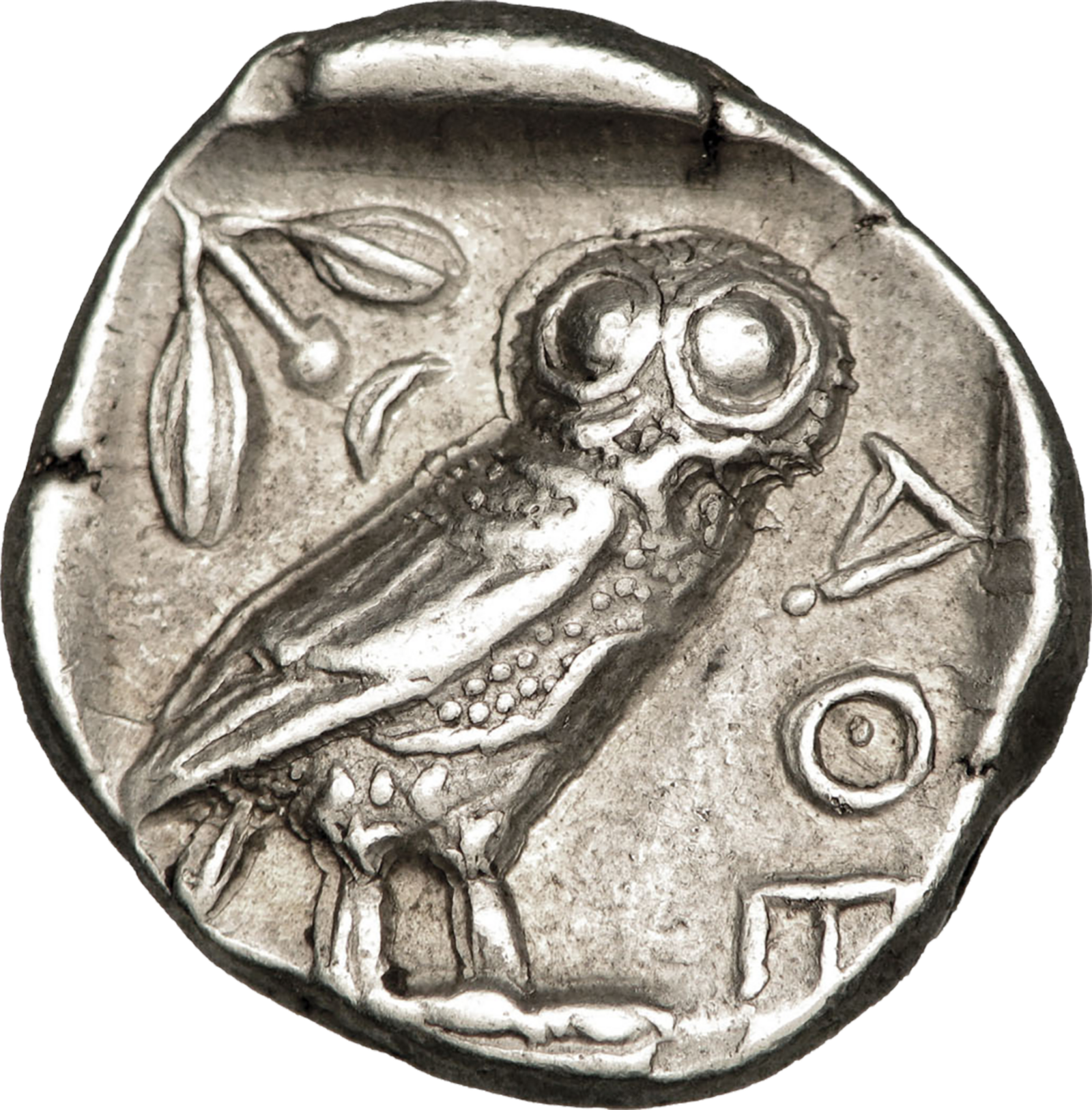Top 10 Ancient Greek Silver Coins Every Collector Should Know
If you’ve ever held a silver coin from ancient Greece, you know the feeling—it’s like holding a piece of time itself. These coins weren’t just money; they were statements of power, art, and identity. Whether struck in the bustling streets of Athens or the coastal city-states of Magna Graecia, every coin has a story. And for collectors, few things are as thrilling as chasing down these historic treasures.
Below are ten of the most iconic ancient Greek silver coins. Some are widely available, others incredibly rare. But each one has earned its place in numismatic history.
—
1. Athenian Owl Tetradrachm (5th Century BCE)
Minted in: Athens
Obverse: Helmeted head of Athena
Reverse: Owl standing beside an olive sprig and crescent moon, ΑΘΕ inscription
Weight: ~17.2g
Let’s start with the classic. The Owl Tetradrachm is the coin most people picture when they think of ancient Greece. These coins were everywhere during the height of Athenian power—and for good reason. They’re thick, boldly struck, and instantly recognizable. The owl, Athena’s sacred bird, almost seems to stare right at you.
🪙 Estimated price range: $1,000 – $10,000+, depending on quality and strike.
—
2. Alexander the Great Tetradrachm (336–323 BCE)
Minted across: Amphipolis, Babylon, and other cities
Obverse: Heracles in lion-skin headdress
Reverse: Zeus seated, holding eagle and scepter
Weight: ~17g
These coins weren’t just currency—they were propaganda. Issued after Alexander’s campaigns, they helped unify the Greek world. The lion-headed Heracles on the front? A not-so-subtle stand-in for Alexander himself. And the variety of mints means you can build an entire collection just from the cities that struck them.
🪙 Estimated price range: $300 – $5,000+
—
3. Dekadrachm of Syracuse by Kimon or Euainetos (c. 400–390 BCE)
Minted in: Syracuse, Sicily
Obverse: Arethusa surrounded by dolphins
Reverse: Four-horse chariot (quadriga) driven by Nike
Weight: ~43g
Now this is numismatic royalty. These coins were engraved by master artists like Kimon and Euainetos, whose signatures you’ll sometimes see on the flans. Massive in size and visually stunning, they’re more sculpture than coin. Not surprisingly, they’re museum-grade—and priced accordingly.
🪙 Estimated price range: $50,000 – $500,000+
—
4. Tetradrachm of Amphipolis (Philip II, 359–336 BCE)
Obverse: Zeus with flowing hair
Reverse: Horseman holding palm branch
Weight: ~14g
Before Alexander rose to fame, his father Philip II was already leaving his mark. These coins commemorate his victories at the Olympic Games—hence the horse and palm imagery. They’re a great way to collect Macedonian history without breaking the bank.
🪙 Estimated price range: $600 – $4,000+
—
5. Tetradrachm of Rhodes (c. 300–100 BCE)
Obverse: Radiant head of Helios
Reverse: Rose blossom (rhodos)
Weight: ~13.5g
Rhodes went all-in on symbolism. Helios, their patron sun god, is front and center—his hair fanned out in rays. On the back, a rose flower (a visual pun on “Rhodos”). These coins are artistic, well-struck, and generally affordable for new collectors.
🪙 Estimated price range: $500 – $3,000+
—
6. Didrachm of Tarentum (c. 280 BCE)
Obverse: Youth on horseback
Reverse: Dolphin rider holding trident
Weight: ~7.5g
Coins from Tarentum are some of the quirkiest—and most beautiful—from Magna Graecia. The dolphin rider is unique to the region, probably referencing the city’s maritime strength and myths of Taras, son of Poseidon. These are fun coins with loads of character.
🪙 Estimated price range: $400 – $2,500+
—
7. Tetradrachm of Thasos (c. 148–90 BCE)
Obverse: Dionysus with ivy wreath
Reverse: Heracles standing with club and lion skin
Weight: ~16.5g
This coin mixes two powerhouse gods—Dionysus and Heracles. Though struck later in Greek history, these coins are surprisingly bold. The high relief and classic mythology make them a nice middle-ground option for collectors looking for value and design.
🪙 Estimated price range: $200 – $1,200+
—
8. Corinthian Stater (c. 375–300 BCE)
Obverse: Flying Pegasus
Reverse: Head of Athena in Corinthian helmet
Weight: ~8.6g
Corinth had one of the strongest navies in Greece, and their coins show it. Pegasus—the winged horse—is practically leaping off the flan. And Athena appears again, this time wearing the Corinthian helmet that collectors love. Clean, minimal, and elegant.
🪙 Estimated price range: $600 – $4,000+
—
9. Seleucus I Tetradrachm (c. 300 BCE)
Obverse: Heracles
Reverse: Apollo seated on omphalos
Weight: ~17g
These coins are part of the bridge between the Greek and Hellenistic worlds. Struck under one of Alexander’s generals, they reflect the expanding Greek influence in Asia. The Apollo reverse is beautifully balanced—ideal for collectors who appreciate symmetry and detail.
🪙 Estimated price range: $500 – $2,000+
—
10. Aegina Sea Turtle Didrachm (c. 500 BCE)
Obverse: Sea turtle
Reverse: Rough incuse punch
Weight: ~12g
Here’s a coin that predates most of the others. The Aegina turtle is one of the first silver coins ever struck in mainland Greece. It’s not fancy—but that’s the point. These coins are ancient in the truest sense. The turtle symbolized sea power, and early versions feel raw and real.
🪙 Estimated price range: $1,500 – $15,000+
—
Final Thoughts
Ancient Greek silver coins aren’t just old—they’re alive with history. Each one tells a story, from military victories to religious beliefs to trade networks that stretched across the known world. Whether you’re drawn in by the artistry, mythology, or sheer age, these coins offer something for everyone.
And the best part? The journey’s just beginning. Because once you pick up your first drachm, stater, or tetradrachm… it’s hard to stop.
